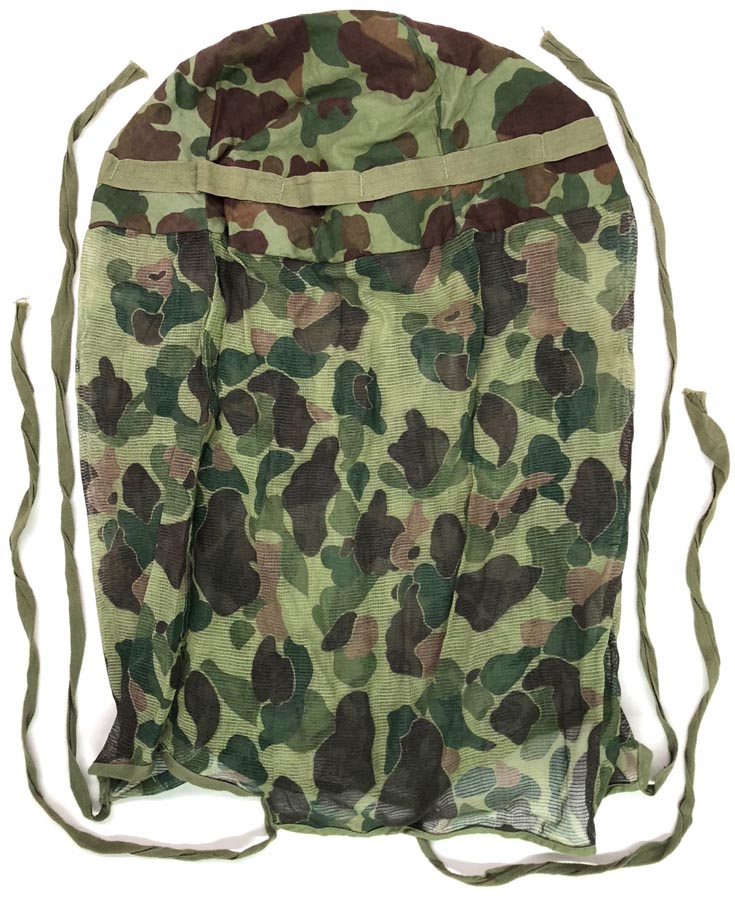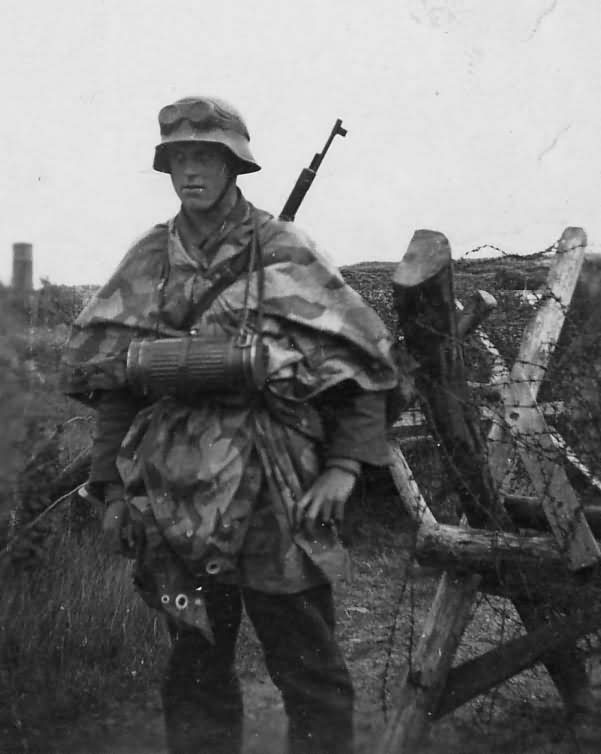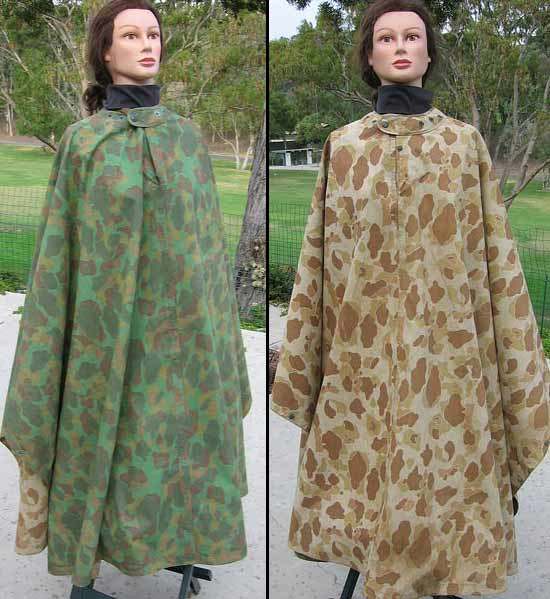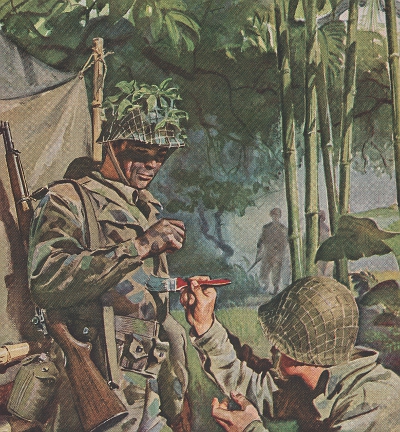Kruska
Diamond Member
My longtime barber and a former member in the Wehrmacht's Luftwaffe Paratrooper force had at many times been telling me about US troops during the Normandy landings and in the following 6 month - having worn camo-smogs and helmet covers.
The camouflage pattern was not that used by the USMC in the Pacific - but rather greenish leave patterns.
Just two day's ago I got to watch a war documentary - and yup, for the first time I saw a pattern that looked just as described by him. see photo
Does anyone have information as to what the US camo-fieldjacket or smog and trousers, looked like? and which or what US unit had been wearing these in France 1944.
Thanks

The camouflage pattern was not that used by the USMC in the Pacific - but rather greenish leave patterns.
Just two day's ago I got to watch a war documentary - and yup, for the first time I saw a pattern that looked just as described by him. see photo
Does anyone have information as to what the US camo-fieldjacket or smog and trousers, looked like? and which or what US unit had been wearing these in France 1944.
Thanks








